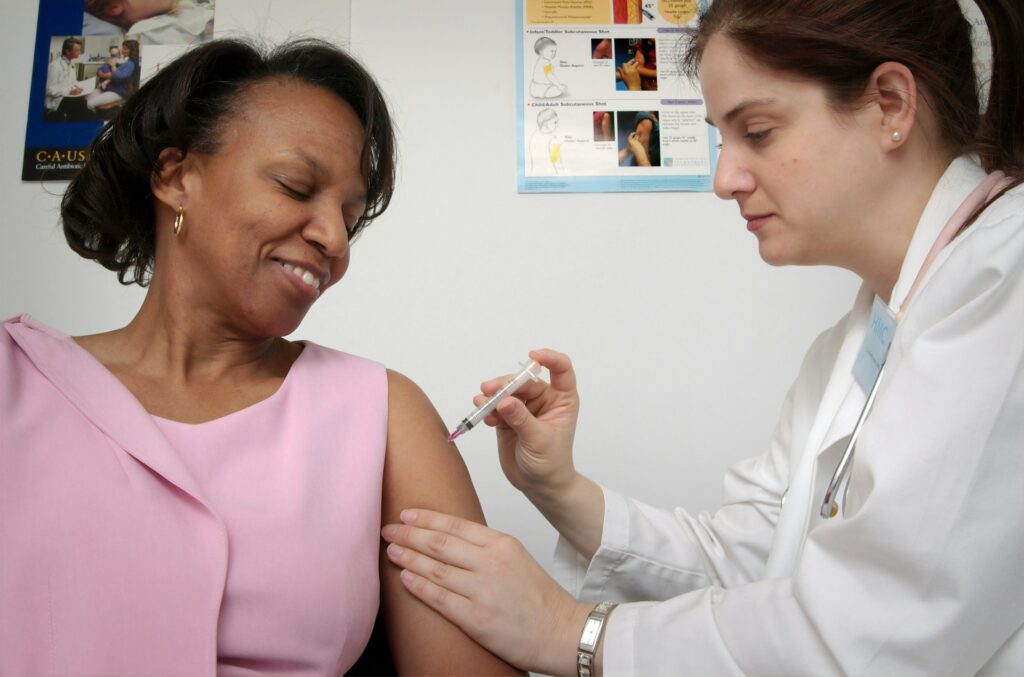The U.S. Centers for Disease Control and Prevention (CDC) acknowledges that “health disparities are preventable differences in the burden of disease, injury, violence, or opportunities.” Unfortunately, not everyone in the United States receives the same levels of care.
Since healthcare disparities in hospitals have preventable sources, though, organizations can work toward providing more equitable services that acknowledge the unique needs of each patient. Effective solutions will take a lot of innovative thinking and careful planning, but they are possible.
Hospitals committed to addressing the root causes of healthcare disparities can start by addressing some of the following opportunities.
Culturally competent care delivery
A patient’s cultural background could influence how they respond to interventions. Therefore, professionals should work with individual patients to find solutions that fit their beliefs and cultural practices.
Often, cultural competency comes from practicing cultural humility. Healthcare professionals who practice active listening and treat their patients as collaborators are more likely to find culturally appropriate interventions that patients can integrate into their lives.
Health literacy initiatives
Hospitals shouldn’t assume that clients know how to evaluate the healthiness of lifestyle choices. For instance, someone who grew up eating a diet of processed foods might never consider the diet’s negative effects. Health literacy initiatives can fill knowledge gaps and encourage people to make healthier choices.
A comprehensive health literacy initiative can go much further than educating patients about the effects of certain lifestyle choices. Many people also lack health literacy in areas like:
- What services are available to them
- Where they can access services
- How they can navigate insurance policies to find coverage options
- Whether they qualify for government insurance programs
Access to language services
Although most people in the U.S. speak English, the country doesn’t have an official language. According to the U.S. federal government, people in the country speak more than 350 languages. With so much diversity in the population, healthcare professionals should expect to encounter patients who don’t use English as their primary language.
The most recent census reports that:
- Nearly 45 million people speak Spanish or Spanish Creole
- About 3.5 million speak Chinese
- About 1.76 million speak Tagalog
- Nearly 1.6 million speak Vietnamese
- Over 1.26 million speak Arabic
Hospitals need to offer access to language services so healthcare providers can communicate with their patients. Without these services, technicians, nurses, and doctors might not understand the symptoms patients report. Furthermore, patients might not understand the information healthcare professionals give them.
Removing the language barrier helps address disparities and improve treatment outcomes.
Social determinants of health interventions
Social determinants of health (SDOH) are non-medical variables that affect a person’s health outcomes. For example, a person living in a high-crime area might develop post-traumatic stress disorder (PTSD) or similar conditions in response to daily stress.
Other SDOHs include:
- Housing security
- Job availability
- Educational opportunities
- Access to healthy foods
- Available healthcare options
Interventions that target SDOHs might not seem to fall outside of the medical profession, but they can have significant impacts on patient outcomes.
The interventions hospitals adopt will depend on what their local populations need. Often, a social worker or group of social workers will build helpful partnerships within the community. That way, they can direct patients to resources that address their unique needs. For example, if the hospital treats an unhoused person, the social worker can give them information about securing safe housing at nearby shelters. A patient without reliable income might get help exploring job opportunities or completing applications for government assistance.
Ideally, these initiatives help the patient gain resources that lead to healthier lifestyle options and fewer medical interventions.
Community partnerships for outreach
Community partnerships for outreach often play important roles in SDOH initiatives. There are, however, different levels of partnerships for hospitals to explore.
Popular partnerships involve:
- Networking and exchanging information that benefits all parties
- Coordinating initiatives and programs so partnerships can work toward common goals
- Sharing resources when possible so community members have more opportunities to access services
- Collaborating to enhance the services provided by the hospital and community partners
It’s important for hospital administrators to remember that they play a critical but relatively small role in the lives of most people. By forming partnerships within the community, they can improve the lives of more residents, boost the hospital’s performance, and give local non-profits access to essential services and supplies.
Promoting Health Equity in Your Hospital’s Community
While the above opportunities can help hospitals promote health equity, emerging trends might influence how your organization prepares to serve its community. What worked for your hospital a few years ago might not get the same results today.
You can get ahead of those trends by following MRINnetwork, where you’ll find information about some of today’s most important healthcare skills, jobs, technologies, and responsibilities.

Connect with MRINetwork